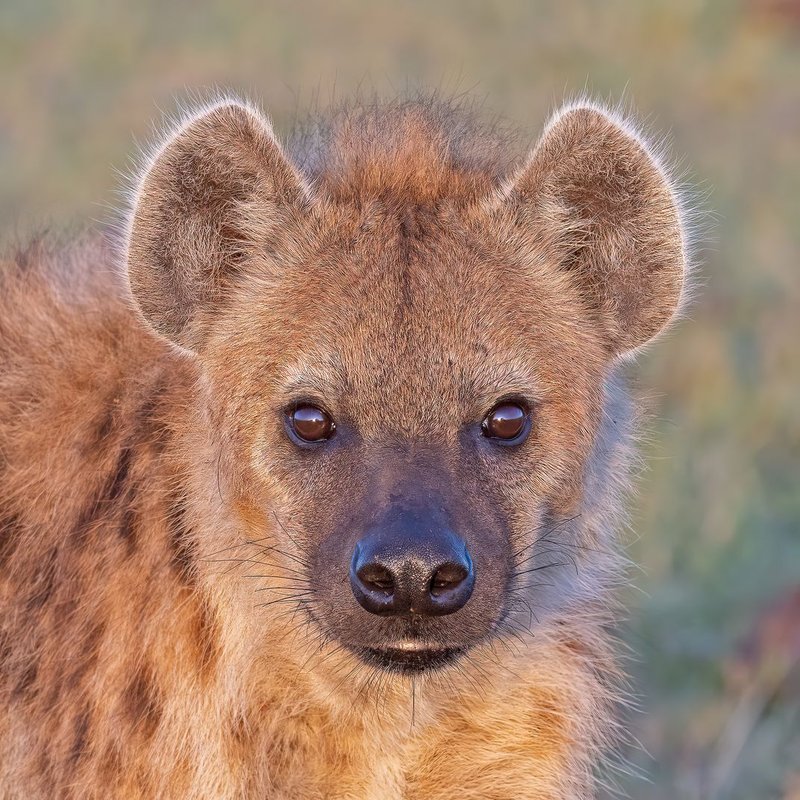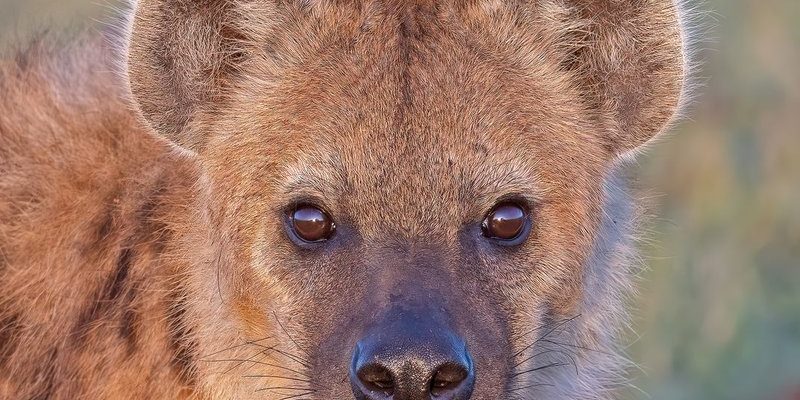
To answer that, we need to explore the current state of their populations, the threats they face, and the conservation efforts aimed at protecting them. Think of it as peeling back the layers of an onion—each layer reveals something important about these remarkable creatures and their role in the ecosystem. So grab a cup of coffee, and let’s dive into the world of spotted hyenas and their conservation status.
Understanding the Spotted Hyena
The spotted hyena (*Crocuta crocuta*) is one of the most recognizable members of the hyena family, often found roaming the grasslands and savannas of sub-Saharan Africa. With their powerful jaws and distinctive spotted coats, they occupy a vital niche in the African ecosystem. These animals are often referred to as scavengers, but here’s the thing: they’re also skilled hunters. In fact, they have a surprising success rate when it comes to hunting prey like wildebeests and zebras.
You might be wondering why they’ve got such a fearsome reputation. It’s partly due to their vocalizations—those haunting laughs and whoops can be chilling! But in reality, their social structure is fascinating. Spotted hyenas live in matriarchal clans, where females are the dominant members, often leading the pack. This complex social hierarchy makes them fascinating subjects of study and highlights their intelligence.
Current Conservation Status
So, where do spotted hyenas stand in terms of conservation? The International Union for Conservation of Nature (IUCN) lists the spotted hyena as Least Concern, meaning they’re not currently considered endangered. However, this doesn’t tell the whole story. While they are not at immediate risk of extinction, their populations are declining in some areas due to various threats.
According to recent studies, spotted hyena populations have been affected by habitat loss, human-wildlife conflict, and poaching. As humans expand into their territories for agriculture and development, hyenas struggle to find food and suitable living space. This situation highlights an important aspect of conservation: protecting habitats is just as crucial as safeguarding individual species.
Threats to Spotted Hyena Populations
Understanding the threats to spotted hyenas is essential for effective conservation efforts. Here are some of the major challenges they face:
- Habitat Loss: As urban areas and agricultural lands expand, spotted hyenas lose their natural habitats. This not only reduces their hunting grounds but also increases conflicts with humans.
- Human-Wildlife Conflict: Farmers often view hyenas as threats to livestock, leading to retaliatory killings. When herds are attacked, it can lead people to take drastic measures to protect their livelihoods.
- Poaching: Though hyenas aren’t typically targeted directly, they can be caught in snares meant for other animals. This incidental harm contributes to population declines.
It’s like a domino effect. When one aspect of their environment is disturbed, it can lead to a cascade of problems impacting their survival. This makes addressing these threats critical for conservationists.
Conservation Efforts and Initiatives
Fortunately, there are several conservation initiatives working to help spotted hyenas thrive. These programs focus on habitat protection, community engagement, and research. Here are a few key efforts:
- Protected Areas: Establishing national parks and reserves is crucial. These protected areas provide safe spaces for hyenas to hunt and roam free from human interference.
- Community Involvement: Engaging local communities in conservation efforts helps reduce human-wildlife conflict. By educating farmers about coexistence and providing incentives for wildlife preservation, many programs are making a positive impact.
- Research and Monitoring: Ongoing research is necessary to understand hyena behavior and population dynamics. By using tracking technologies, scientists can monitor their movements and identify needs.
These efforts exemplify the importance of collaboration between wildlife organizations, governments, and local communities.
How You Can Help
You might be thinking, “What can I do to help spotted hyenas?” Great question! Here are some simple ways you can contribute to hyena conservation:
- Support Conservation Organizations: Donating to wildlife conservation groups can make a real difference. Organizations focusing on hyenas and their habitats often rely on public support to fund their initiatives.
- Educate Others: Share what you learn about spotted hyenas with friends and family. The more people understand these animals and their plight, the greater the support for conservation efforts.
- Visit National Parks: If you’re able to travel, visit national parks where hyenas are protected. Eco-tourism creates jobs and incentivizes local communities to protect wildlife.
Even small actions can create a ripple effect, contributing to the overall goal of preserving wildlife.
The Future of Spotted Hyenas
With the right efforts, the future for spotted hyenas can be bright. While they’re currently classified as Least Concern, continued protection of their habitats and addressing the challenges they face is crucial. The delicate balance between human development and wildlife conservation is a critical conversation we all need to engage in.
As more people become aware of these unique creatures and their ecosystem roles, we can work together to create a future where spotted hyenas thrive alongside us. Remember, every species has its place in the circle of life, and spotted hyenas are no exception.
In closing, spotted hyenas might not always be the most glamorous animals in the wild, but they play a vital role in maintaining the balance of their ecosystems. From controlling prey populations to scavenging dead animals and recycling nutrients, their presence is essential.
By understanding the current threats they face and supporting conservation initiatives, we can all play a part in ensuring their survival. So, the next time you hear that distinct hyena laugh, remember: it symbolizes a creature that is resilient and irreplaceable in the wild. Together, we can help them continue their story in the tapestry of African wildlife.

